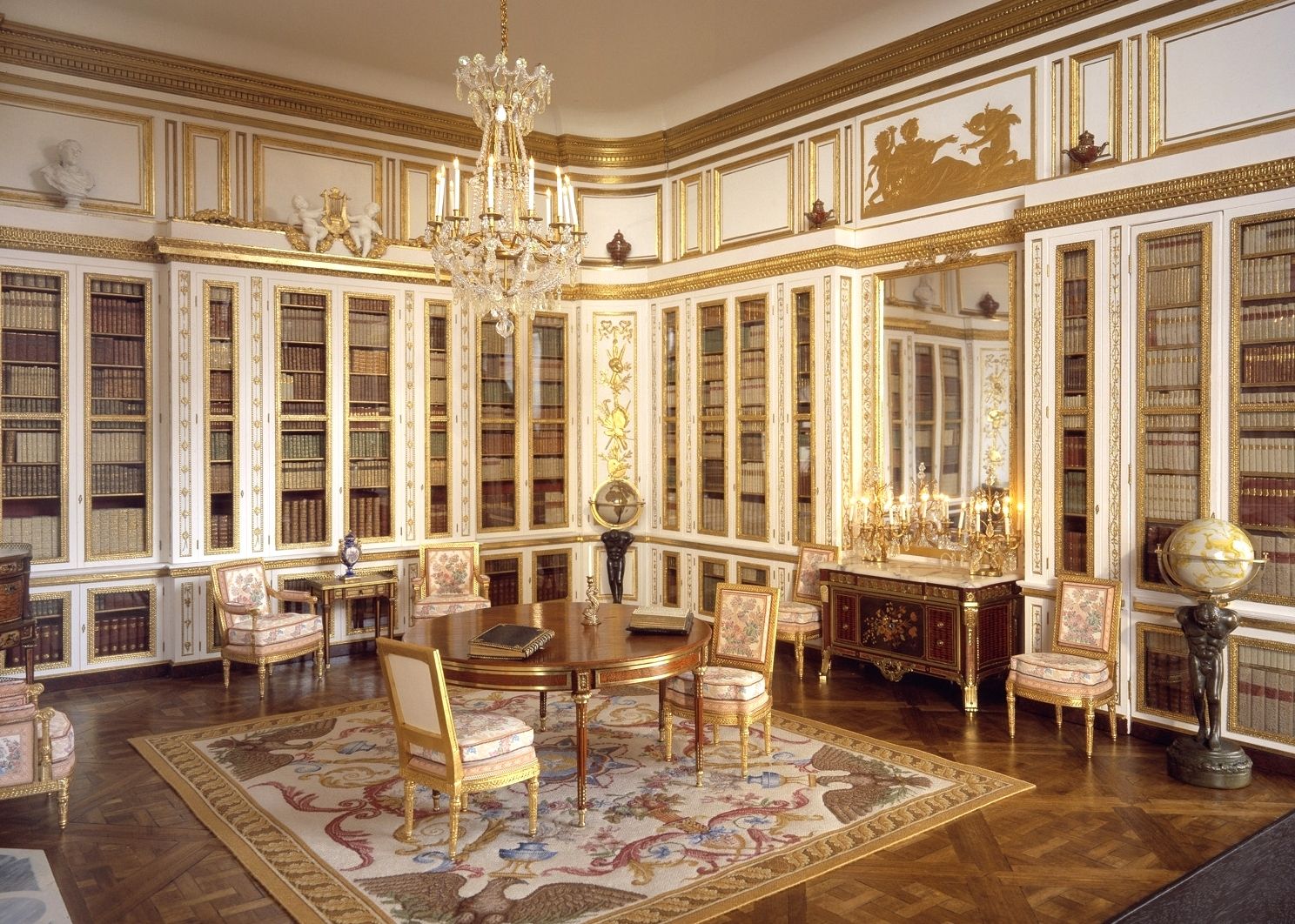It is a breath of fresh air to see a home with nicely selected finishes! When flooring coordinates with kitchen cabinetry and countertops complement backsplash and you see a cohesive style throughout the home, it feels like a well played symphony.
Countless choices of finishing materials when renovating or building a home can be quite overwhelming. From structural choices, selection of flooring to decorative details such as coffered ceilings, wainscoting, or kitchen cabinet handles, all of these choices need to be curated to achieve beautiful and practical results.
Today, I’d like to share insights into hardwood flooring — its historical significance and considerations for homeowners navigating the maze of options.
During the construction of our home, my husband and I struck a deal: he took charge of selecting the hardwood, while the kitchen design became my responsibility. His choice, a wire-brushed engineered oak in a subtle light grey shade, turned out to be a decision that resonated with both of us, adding a touch of elegance to our shared living space.

Being the most popular flooring choice of today, hardwood flooring history dates back to the 1600s. Wood began to be more frequently used as flooring, often as unfinished planks supported by wooden joists over dirt or stone. It truly came into its own in style and elegance during the Baroque Era(1625-1714). Artistic French parquetry began to appear in 1625. These floors were made from pieces of wood cut by hand and fitted together in contrasting three-dimensional designs. Scraped by hand, rubbed with sand, stained, and polished to a sheen, this meticulous hand-craftsmanship was affordable to only the most affluent clients.

Louis XVI’s Library – Versailles
In North America plank floors were first installed for comfort and practicality without regard to style. They were usually constructed of planks cut to random width, left unfinished, and were simply worn smooth over time by use. Then, in the Victorian Era(1840-1910), European parquet floors began to appear in the wealthiest American homes. The advent of tongue and groove construction in the Edwardian Era (1901-1914) allowed planks to be leveled before installation. This gave hardwood flooring a more polished, uniform look, and the look we are still familiar with today. In the 1930s, improved finish in the form of polyurethane provided a no-wax finish that kept hardwoods appealing and popular until inexpensive carpeting hit the market after World War II.

The floors of Stenton, a house constructed in the 18th century in Philadelphia. Photo courtesy of The National Society of the Colonial Dames of America
Prefinished woods rose in popularity in the late 1980th and returned to the clean, classic look of wood planking without the intricate patterning of parquetry that we know and love today.
The two main categories of hardwood flooring we all know today are solid and engineered hardwood. Solid hardwood speaks for itself and consists of solid wood planks that can potentially be refinished several times. Whereas engineered hardwood’s potential to a second life is limited it’s wear layer, a thin layer of solid wood on top of the engineered core. It’s biggest advantage over traditional hardwood is it’s stability, resistance to moisture and changes in temperature. The wood will not shrink or swell as much compared to traditional hardwood. You can also get wider planks with the engineered product if you prefer the look.
-

Engineered wire brushed oak hardwood flooring -

Maple hardwood flooring
For families with young children and dog owners it is key to know the type of wood they choose. The two most popular woods are maple and oak. Although maple is harder than oak, it will show dents and scratches more easily than oak due to its natural graining. A wire brushed or a matter finish might help disguise mishaps even better. Exotic woods is the next step towards even greater strength and hardness.
I look forward to seeing you join one of my free webinars, see my events to sign up.
